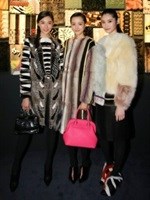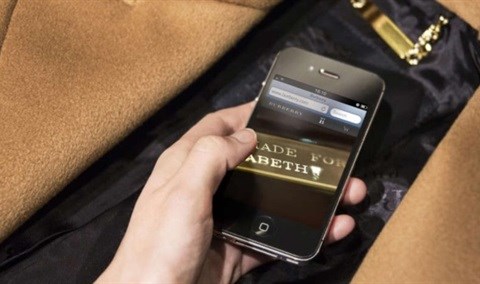Most likely, their beloved collection would consist of the everlasting classics but they want to be romanced into the kaleidoscope of innovative product ideals. Jaslin Goh, Managing Director of the strategic brand consultancy famous for growth, Added Value Hong Kong, shares five paradoxes that luxury brands should not forget.
Unpredictability is heresy in the world of brand management, where messages tend to be rigidly controlled within a framework of approval, signatures and corporate nomenclature. While key icons should always be recognisable, luxury houses have much to gain by surprising, or even shocking, their followers. Our research in China showed that the Boy Chanel series, for example, was 'shockingly desirable'.
Though consumers felt that it defied the brand's classic feminine image, this androgynous look became a badge of honour among fashionable Chinese youth. And one need look no further than Han Huo Huo (a Chinese blogger and known for his androgynous style) and Zhou Xun (Chanel's China brand ambassador is known for her boy-ish personality) for examples.

Cultivating distance might sound like commercial suicide for brands that are forever looking to foster closer ties with their customers. Yet in the world of luxury, it's all about playing hard to get. Brands deliberately keep their customers at arm's length in order to create an aura of mystery and rarity which bolsters the desirability of their products.
That said, there is an ever-present danger of projecting an arrogant image, and losing touch with key audiences. Our 2014 luxury research showed that fashion advisors are critical touch points for brands, as they offer a sense of intimacy and bonding without compromising that all-important distance. These advisors' approachability, proactivity and connection with customers can build a rapport that makes the difference between buying one item and buying five, doubling or tripling their in-store spend. Fashion advisors in China proactively keep customers updated with latest trends (unofficially via WeChat); a common behaviour across all brands according to our research.

It's interesting to see that luxury brand communications in China will often feature a date that is absent from European merchandise. Consumers here attach serious value to a label's history, which underwrites the premium and prestige surrounding the brand. Approximately 40 percent of wealthy Chinese consumers surveyed by Hurun and Industrial Bank rated a 'long history' as an important characteristic for high-end brands. But luxury houses must be careful to avoid stagnation and a stuffy, outdated image; in order to remain relevant, they must constantly refresh and even reinvent themselves. Another example here would be Shang Xia (literally Up-Down in Chinese), which is owned by Hermes and puts a modern twist on Chinese heritage and craftsmanship.


It is important that brands create accessible entry-points that are within the reach of generation Z. Connecting with the next generation has moved from being an afterthought to a number one strategic priority. Prada leads the field with its playful and light-hearted Miu Miu line, which gives younger women a taste for the altogether more grown-up parent brand. At the other end of the spectrum, brands are upping their game with super-premium products: Audi's R8 coupé and Fendi's exotic, one-of-a-kind furs are highly sought after by Chinese luxury consumers.
The lines between cutting-edge technology and high-end luxury are becoming increasingly blurred. Luxury is the order of the day in the automobile, skincare and electronics categories, and tech companies such as iPhone, Samsung and Audi are looking to luxury to add a human touch to their products. Being user-friendly and intuitive is now a key part of brand equity building, as time-starved consumers need rapid solutions at their fingertips.
Luxury fashion labels are also going high tech: Burberry's 'Customer 360' programme represents a bold step towards going truly digital, with RFID chips and even screens incorporated into garments.
